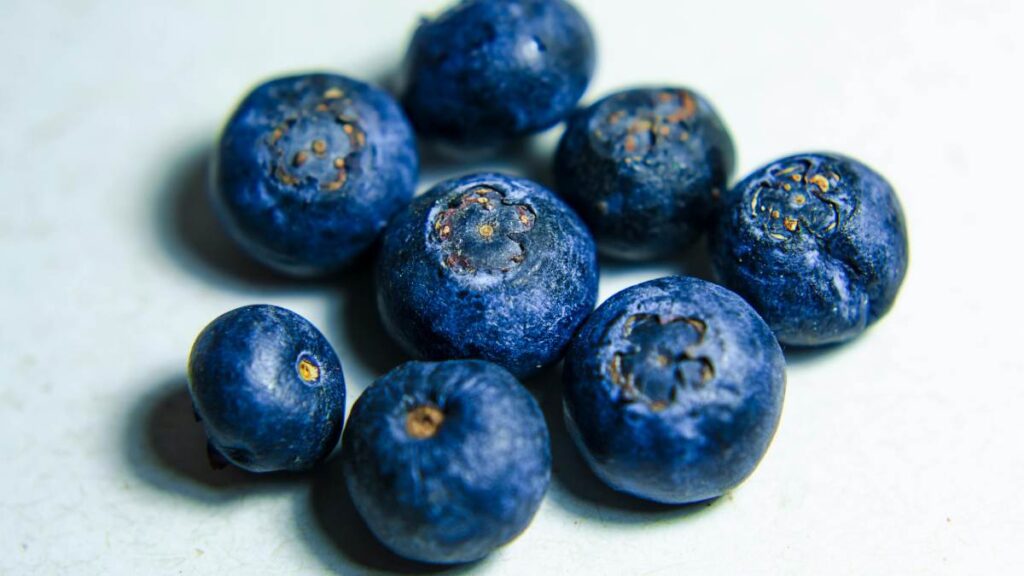Click here to read the Spanish version.
If you are one of those who have ever wondered why blueberries are included among the red fruits if they actually have a more bluish hue, scientists from the University of Bristol (UK) have recently unveiled the explanation. In a study published in Science Advances, the researchers shared their findings on why blueberries have those blue tones at first glance, when that pigment does not actually exist naturally in plants.

“Blueberries are visibly blue. However, the pigments found in blueberries are not,” the study explains. The scientists comment that the bluish color is due to the “epicuticular wax” layer, formed by miniature structures that scatter blue and ultraviolet light. Something that experts described as a “really cool trick of nature”. And so, to the human eye, the fruit appears blue and to birds it appears ultraviolet blue.
That blue appearance of blueberries “is dominated by the scattering of the random array of non-spherical particles,” found after looking at the thin layer of wax through a microscope. That substance is so thin that it is smaller than a strand of human hair, as Popular Science noted.

This study has shown that the wax is essential for fruit coloration. With this revelation, it is likely that in the future scientists will be able to recreate the coating and use it for a range of “more sustainable, biocompatible and even edible” applications, as detailed by scientists at the University of Bristol.
